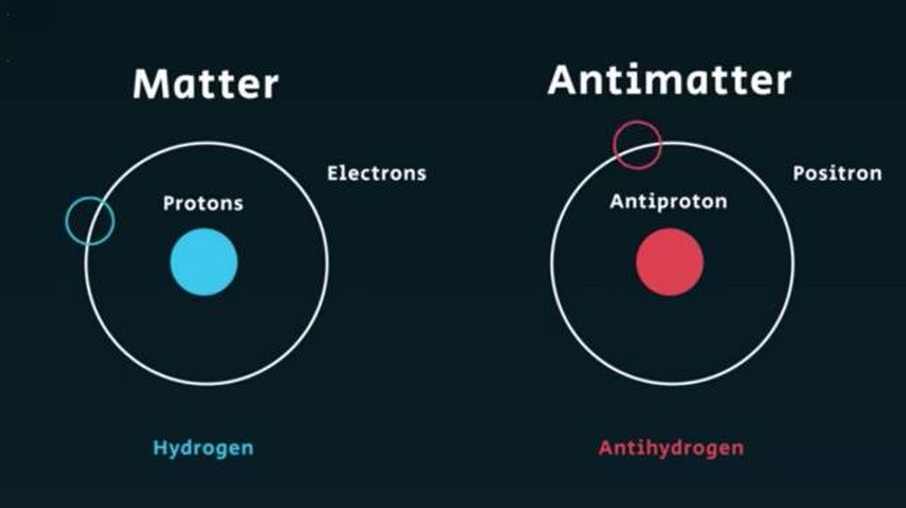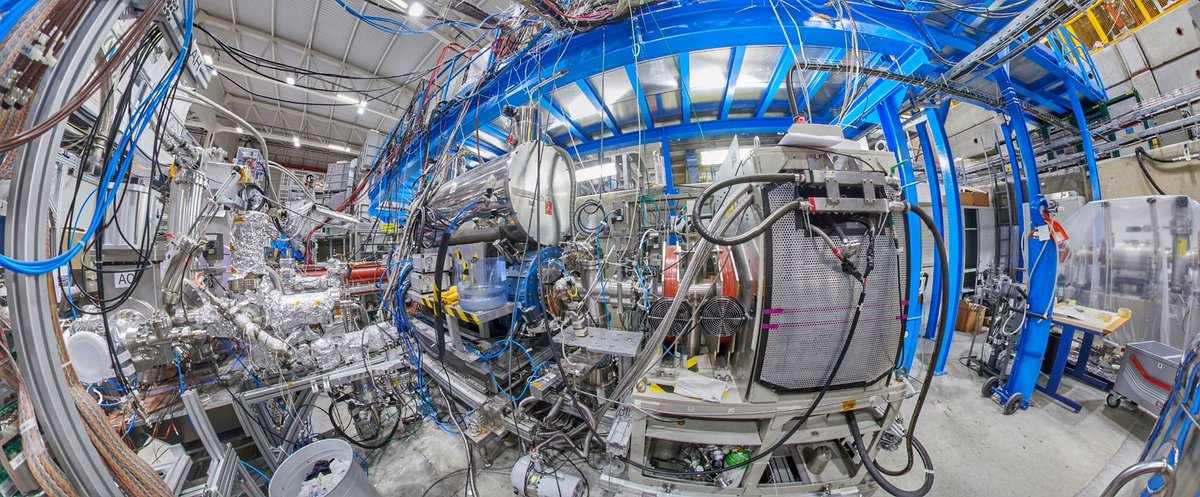This material costs $62.5 trillion per gram, making it the rarest and the most expensive substance on earth

In March, we wrote a piece about a future spacecraft that could reach the speed of 72 million miles per hour and potentially becomes the spacecraft for future interstellar travel. Known as the antimatter rocket, the new spacecraft could provide a lot more thrust than the current chemical or even nuclear-based rocket that uses tens of thousands of times more fuel.
In recent years, the idea of humanity becoming a space-faring civilization has received lots of attention. Space-faring civilization is the idea of traveling beyond the earth’s atmosphere into outer space or in journeying through space or colonizing Mars. When it comes to colonizing a new planet, space experts said that Mars might be our best chance to ensure the human species survive future armageddon.
However, to become a space-faring civilization, we have to be able to move beyond today’s conventional rockets. The current rocket propulsion technology hasn’t changed significantly since it was originally developed in the 1920s.
As astronaut Scott Kelly pointed out, it’ll take us 800,000 years to get to the TRAPPIST-1 star system. That means with today’s current space propulsion technology. At this point in human history, every rocket we’ve ever launched into space is propelled by chemical-based fuel–solid or liquid fuel. NASA and private space agencies use both fuels rely on this fuel technology to get rockets off Earth. Unfortunately, this type of rocket fuel is very limiting and not suitable for manned interstellar travel.
That’s where the antimatter rocket comes in. Unlike our current rockets that are powered by chemical-based fuel, an antimatter rocket is a proposed class of rockets that use antimatter as their power source. Antimatter rocket combines matter and antimatter to produce a flash of light. So thrust is produced by intense light. This is called an antimatter fuelled photon rocket.
Recent studies suggest that antimatter-based propulsion spacecraft could achieve up to 72% speed of light. Antimatter has now emerged as one of the leading technologies capable of enabling space missions to the exoplanet Proxima b ( 4.24 light-years away), with the possibility of reaching the exoplanet in just 6 years. Former Fermilab physicist Gerald Jackson, also said that if money were no object, antimatter-driven spacecraft prototypes could be tested within a decade and antimatter rockets could become a reality in 2050. So the question is: What is antimatter? That’s the purpose of this piece.
Antimatter
In elementary school, we all learned the basic nuclear particles that make up matter are: protons, electrons, and neutrons. However, unlike matters, antimatters are molecules formed by atoms consisting of antiprotons, antineutrons, and positrons. The subatomic particles of antimatter have properties opposite to those of normal matter. Antimatter particles are also identical to the matter we know, but the charge and spin are reversed, meaning when particles of matter and antimatter attract each other and collide, a large amount of energy is instantly released.
The modern theory of antimatter began in 1928 when English theoretical physicist Paul Dirac postulated the existence of positively charged electrons. The result was an equation describing both matter and antimatter in terms of quantum fields. However, Dirac did not use the term antimatter, the user of the term follows on naturally enough from antielectrons, antiprotons.
In September 1995, a team of physicists at CERN produced the first atoms of antimatter. Professor Walter Oelert and an international team of scientists succeeded for the first time in synthesizing atoms of antimatter from their constituent antiparticles. Nine of the atoms were produced in collisions between antiprotons and xenon atoms over a period of three weeks.

Stable antimatter also doesn’t exist in nature. However, there are some antimatter sources on Earth. For example, scientists have found that bananas produce antimatter. Bananas release one positron—the antimatter equivalent of an electron—about every 75 minutes. This is because bananas contain a small amount of potassium-40, a naturally occurring isotope of potassium. As potassium-40 decays, it occasionally spits out a positron in the process.
Human bodies also contain potassium-40, which means we also emit positrons. However, humans have produced only a minuscule amount of antimatter. For example, if all the antimatter ever made by humans were annihilated at once, the energy produced wouldn’t even be enough to boil a cup of tea.
The challenge lies in the efficiency and cost of antimatter production and storage. Making 1 gram of antimatter would require approximately 25 million billion kilowatt-hours of energy, which will cost over a million billion dollars. For example, all of the antiprotons created at Fermilab’s Tevatron particle accelerator only add up to only 15 nanograms. Those made at CERN, the massive underground particle research lab in Europe, amount to about 1 nanogram.
When asked to name the most expensive substance, antimatter rarely comes to mind. According to CERN, antimatter is considered to be the most expensive substance on Earth because it requires an incredible amount of energy to generate. Several hundred million pounds of energy is required just to create one billionth of a gram of antimatter. Unlike gold that costs only $56 per gram, antimatter costs $62.5 trillion per gram.

In the video below, MIT physicist and science communicator Dianna Cowern visited CERN’s antimatter factory in France to find out why antimatter is the most expensive, rarest, and the most dangerous material on earth. According to Dianna, scientists still don’t know why antimatter is so rare and why it took 72 years after we discovered antimatter before we are able to produce them.

Below is a back-of-the-envelope calculation of antimatter based on energy and power consumption, courtesy of Elise at CERN.
1. CERN produces 3e7 antiprotons per AD cycle or about 1e15 per year
2. This is about 1e15*1.67e-27kg = 1.67 nanogram per year
3. 1 gram of antiprotons has energy (E=mc^2) of 9e13 Joule
4. The efficiency of the antiproton production process is 1e-9, so you need a billion times more energy: 9e22 Joule
5. The cost of power for CERN is 1kWh = 3.6e6 Joule = 0.1 euro
6. So that would make 0.1/3.6e6*9e22 = 2.5e15 euro
7. And it would take CERN 6e8 years.

